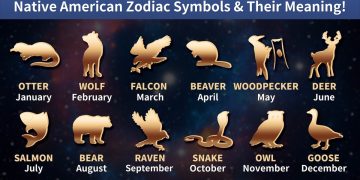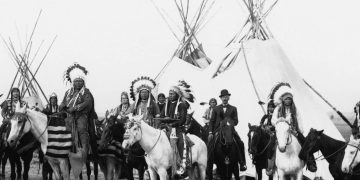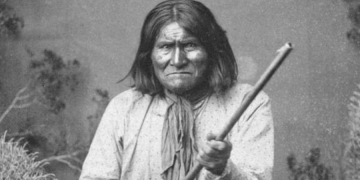For over 40,000 years, Native American medicine has evolved as an intricate system, passed down through generations by means of oral traditions and practical knowledge. The guiding philosophy behind this form of healing is the understanding that humans, nature, and the spiritual world are deeply interconnected. This holistic approach treats a person’s body, spirit, and emotions as a whole, considering the relationships they maintain with others and their environment.
A medicine person, often revered for their wisdom, evaluates the patient’s overall well-being, which could involve the use of various treatments such as herbal remedies, songs, ceremonies, prayer, and sweat lodge rituals. Plants and natural elements play a crucial role in Native American healing practices, and many of the substances used are still employed today. Black cohosh, for example, is used to address cardiovascular issues, while Echinacea is commonly used to treat infections.
Phyllis D. Light, a health educator, herbalist, and a Cherokee-Creek descendant, explains that while Native American medicine is not a singular, homogenous system, there are unifying principles that tie these diverse practices together. She points out that the integration of modern medicine and traditional healing is not only possible but beneficial, as many of the herbs used by Native American healers are now recognized for their medicinal properties by modern science.
Some plants, like black cohosh, which were once essential to Indigenous communities for treating ailments, are now commercially available, bridging ancient wisdom with contemporary wellness practices. In this way, Native American medicine continues to contribute to broader health and healing discussions, proving that ancestral knowledge can coexist with and even complement modern medical advancements.
This deep understanding of nature’s healing potential serves as a testament to the enduring legacy of Native American culture and its contributions to the world of medicine.






